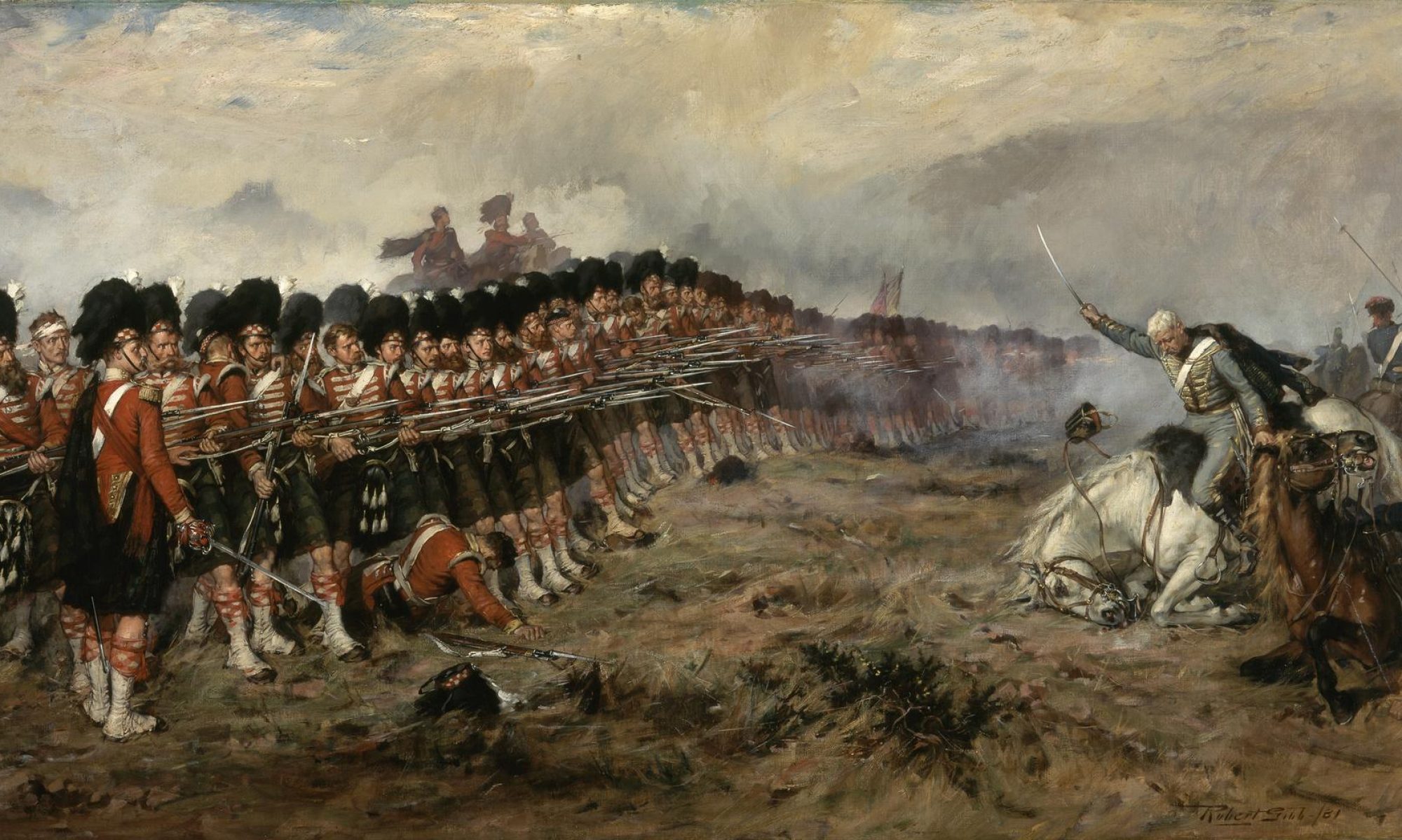
Hardcover: 256 pages
Publisher: Bloomsbury Continuum (5 May 2016)
Language: English
ISBN-10: 1472906888
https://www.amazon.co.uk/Holocaust-Landscapes-Tim-Cole/dp/1472906888
Frankly I was unsure how to start this review. How does one begin to comment, far less even conceive of critiquing a work on this subject without some sort of deep knowledge base? The answer was given to me by a quote by victim Frtizie Weiss Fritzshall describing the ordeal of being transported via cattle car to a concentration camp. To give context these were dark windowless train compartments, full of screaming infants, unwashed bodies and overflowing buckets of human waste.
“These revisionists that don’t believe, I would like to take them all and put them into a compartment like that and show them what it feels like”
There is nothing quite so low as a holocaust denier. People have told me about them, now and again I’ve seen fringe indications of their presence on social media, (the bridge underneath which these people seem to live), thankfully, (for them) I’ve never actually ran across one. But their very presence in the world, and their activity across the world’s most effective communication networks should almost require everyone who also uses social media to have some knowledge on the subject.
This book offers such knowledge in an original and thought provoking way. Instead of viewing the holocaust as a giant single event it breaks the story down into experiences and places. A Geographical and situational study of the holocaust rooted in the landscapes it happened in. Each chapter describes a given place and situation, ghettoes of Belgium and Poland, Eastern forests, the varied camps, principally Auschwitz, Trains which move through landscapes but present their own dim vision of hell in the form of a cattle car and so on, delving into every conceivable place people might try to escape or hide, and also the places where they would be transported, in what and over what they would be transport in and where they might be killed and buried.
The themes that run through each chapter are essentially; causes & effects, life and death. Each section is seen through the eyes of multiple victims from often various walks of life, and illustrates many commonplace and horrendous episodes from Europe’s darkest hour. The doomed flight of hundreds of thousands of Jews between 1930-39, only to be snapped up and tossed into Ghettos after the Germans occupied new territory. Lucky were they who managed to get to Cuba or America. The progressively extreme measures taken to Aryanise Germany, by detainment, containment and indeed downright assassination by specified death squads. The dull, grey horror of the extermination camps. The image of smoking crematorium chimneys, rising over the inmates going about the day to day task of survival, the smoke carrying the smell of burned flesh to pollute the air, will stay with me I think, no less than the appalling thought of what it must have been like to endure those train journeys only to end up there.
It is a modest book, though I feel unqualified to say wether it brings anything new to the subject I do feel that it that puts a different perspective to the scope and scale of the atrocity. By finding the place and putting the story in it, this a book to make you think. As I write this the last German guard likely to be tried for war crimes in connection with Auschwitz faces 5 years in prison. During his hearing the man apologised for not having done anything to stop the murder, he regretted ever being a part of it. A survivor commented that he was glad he was sorry, he didn’t hate him, he didn’t want him to go to jail, but sorry wasn’t enough. The thought occur’s to me after reading this, what could be?
You will never know why he said this until you read something about the Holocaust. A dual theme threading through each chapter is “Where can I hide/escape?” And “How can I survive?” They occur Interchangeably, some escaping and surviving, some surviving and then escaping sometimes it’s just one or the other. The answers to these questions are oftentimes shocking in the extreme, as you read of people too tightly packed in a boxcar that they can’t sit down, and when they fall down they are trampled because there’s not enough room to avoid them, when two men fall they struggle with each other. The one who ends up on top will live to see the next day.
This is humanity, forced down by an inhuman system, to its most basic instincts. Enduring circumstances that no one should have to go through. Reading this, civilisation will not seem as stable as before. Landscape by landscape through ghetto and countryside, river and mountain story by story these are unpleasant truths, but as we get farther and farther away from the events described, they become necessary ones to learn.
Josh.








You must be logged in to post a comment.